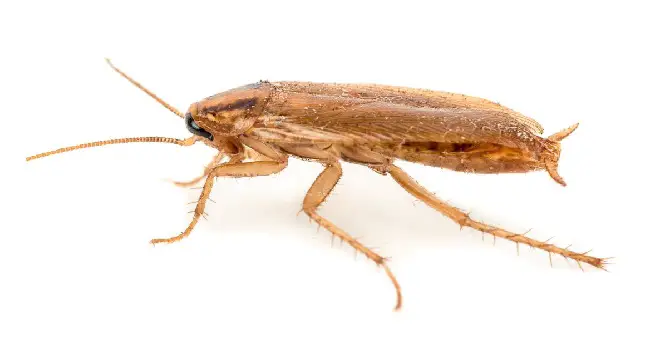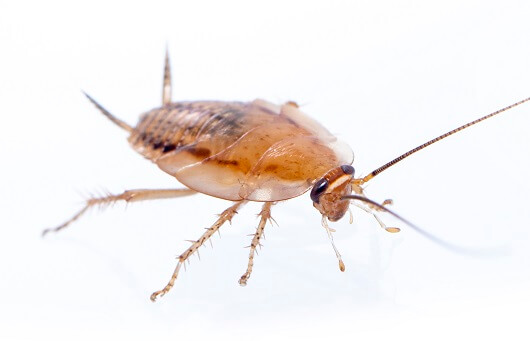Field Cockroach With Image

Meet the Field Cockroach, or scientifically known as Blattella vaga. Unlike its more notorious cousins, the German cockroach and the Asian cockroach, the Field Cockroach tends to keep to itself in outdoor settings.
Table Summary
| Feature | Description |
|---|---|
| Scientific Name | Blattella vaga |
| Common Name | Field Cockroach |
| Family & Order | Blattodea: Blattellidae |
| Adult Size | 9 – 12 mm |
| Color | Light brown to tan with a slight olive tone |
| Ootheca Size | 5 – 6 mm |
| Number of Eggs | ~28 |
| Nymph Color | Yellowish cream to yellowish orange |
| Feeding Habit | Chewing mouthparts; feeds on decaying vegetation and small insects |
| Habitat | Outdoor, under stones, debris, and weedy vegetation |
| Flight Capability | Yes |
| Attraction to Light | Yes |
| Indoor Invasion | Rare |
Physical Characteristics
One could easily mistake the Field cockroach for other similar-looking roaches. However, on close examination, distinct features emerge. The most prominent identifier is the dark stripe situated between its eyes, which distinctly differentiates it from its cousins.
Their size varies depending on their life stage:
- Egg Ootheca: Measuring between 5-6mm, these are pale yellowish-brown. What’s fascinating is the two-toned appearance, with one end being paler than the other.
- Larva/Nymph: Their early life sees them in a yellowish-cream shade with dark cerci. As they mature, they acquire more dark pigmentation, taking on a yellowish-orange hue, distinct from the German cockroach nymphs.
- Adult: These grow between 9-12mm, flaunting two dark longitudinal stripes on their pronotum. Their light brown to tan bodies with olive tones are adorned with wings, making them capable of flight.

Feeding Habits
Both nymphs and adults possess chewing mouthparts, aligning with their diet, primarily decaying vegetation. On occasions, they’ve also been observed indulging in small insects. This nature’s cleaner plays a role in the ecological cycle by feeding on decomposing organic matter.
Habitat and Behavior
Though they might find their way indoors during dry periods in search of moisture, the Field cockroach’s primary habitat is outdoors. Preferring areas that retain moisture, they often hide under stones, debris, and in weedy vegetation. Their unique trait is their attraction to lights, which is also a point of differentiation from the German roach.
Biology
What’s intriguing is the Field cockroach’s life cycle. A female can produce an egg capsule containing around 30 eggs. However, as she continues this cycle, the number of eggs in subsequent capsules diminishes.
From egg to adulthood, it takes about three months. But, come cold winters, the adult cockroaches are unlikely to survive, making their lifecycle quite short-lived.
Conclusion
If you’re quick to squish a cockroach, pause for a moment the next time you encounter one outdoors. Check for that dark stripe between the eyes. You might be dealing with a Field Cockroach—a creature far less troublesome than its notorious relatives.
This insect is a testament to the fascinating diversity of the cockroach world, reminding us that not all roaches are pesky invaders of our homes. Instead, some have a preference for the great outdoors and contribute to ecological balance.
Now that you’re armed with knowledge about the Field Cockroach, you’re less likely to mistake it for its more infamous relatives and perhaps more likely to let it live its humble outdoor life.

James E. Butkovich, Pest control maven with a knack for eco-friendly & Chemical solutions. Blogger with a mission to make homes pest-free, one post at a time.